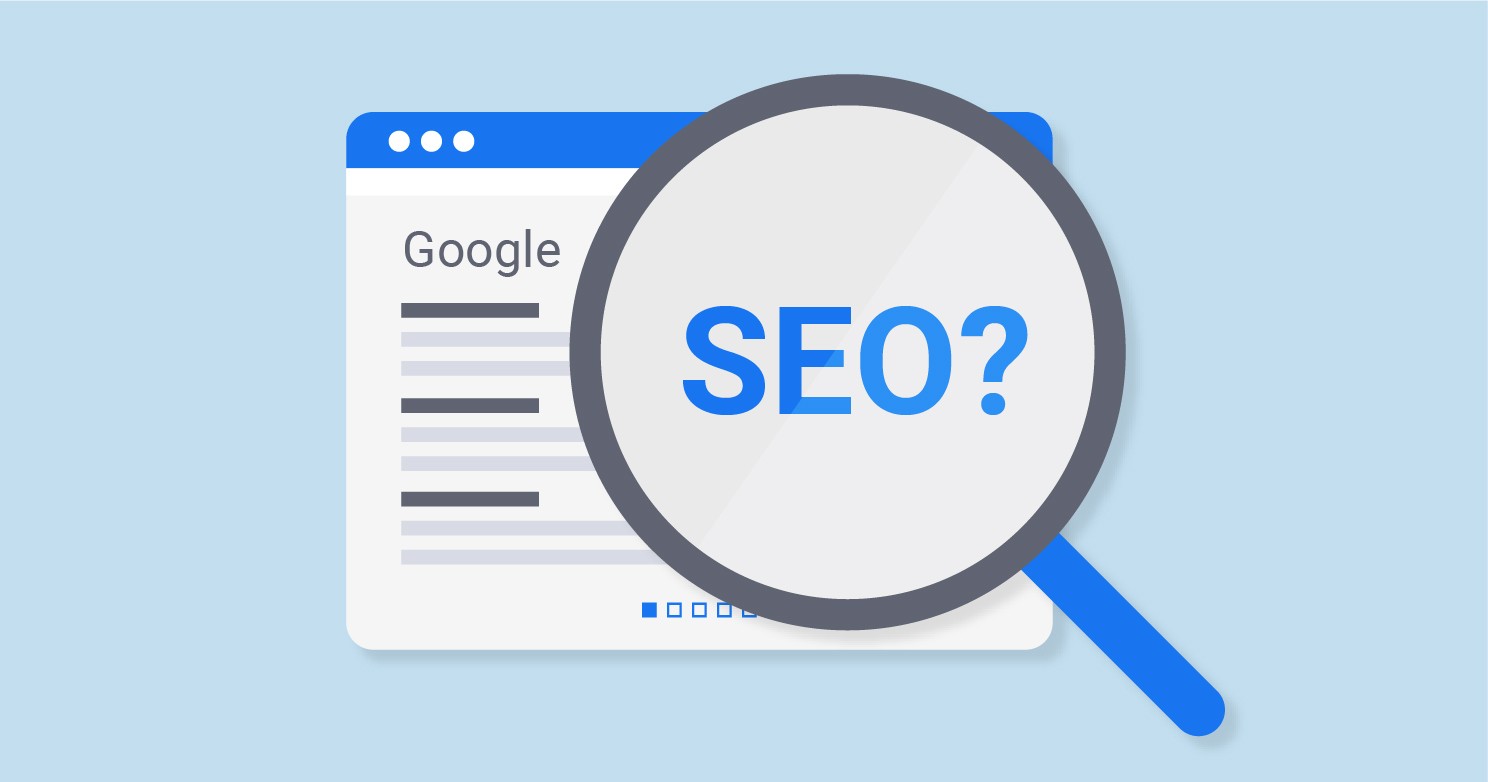
Website Optimization
Website optimization, also known as search engine optimization (SEO), is the process of improving a website's visibility and performance in search engine results. The goal is to increase organic (non-paid) traffic to the website by optimizing various aspects of the site.
Here are some key elements of website optimization:
Keyword research: Identify relevant keywords and phrases that your target audience is likely to use when searching for your products, services, or information. Use keyword research tools to determine search volume and competition for each keyword.
On-page optimization: Optimize your website's on-page elements, including title tags, meta descriptions, headers, and content. Incorporate the identified keywords naturally into these elements, but avoid keyword stuffing.
Quality content: Create high-quality, valuable, and relevant content that engages your audience. Use keywords strategically in your content, but focus on providing useful information and addressing your users' needs.
Site structure and navigation: Ensure that your website has a clear and logical structure that makes it easy for search engines and users to navigate. Use descriptive URLs, organize content into categories, and use internal linking to establish a hierarchical structure.
Mobile optimization: With the increasing use of mobile devices, it's crucial to have a mobile-friendly website. Optimize your site for different screen sizes and ensure fast loading times on mobile devices.
Page speed: Improve the loading speed of your website as it affects both user experience and search engine rankings. Compress images, enable browser caching, minimize code, and use content delivery networks (CDNs) to boost page speed.
Backlinks: Acquire high-quality backlinks from reputable and relevant websites. Backlinks act as endorsements for your website's credibility and can improve your search engine rankings. Focus on natural link building through content creation, guest posting, and relationship building with other website owners.
User experience (UX): Create a positive user experience by optimizing your website's design, layout, and usability. Ensure that it is easy to navigate, visually appealing, and provides a seamless experience across different devices.
Analytics and monitoring: Utilize web analytics tools (e.g., Google Analytics) to track and analyze website performance, traffic sources, user behavior, and conversions. Regularly monitor your website's performance and make data-driven optimizations based on the insights.
It's important to note that SEO is an ongoing process, and it takes time to see significant results. Keep up with industry trends, algorithm updates, and user preferences to continually optimize your website and improve its visibility in search engine results.
